The Buzz
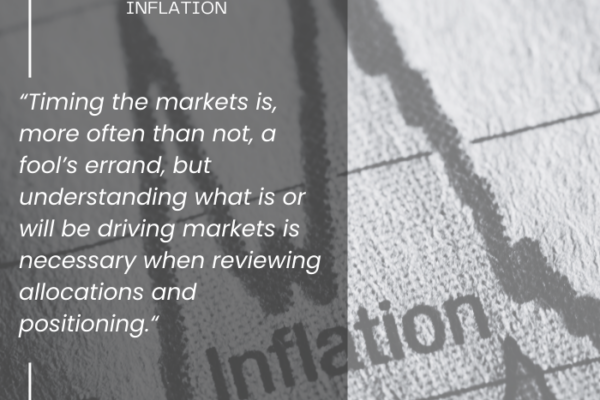
What’s The Buzz – Inflation
As has been the case since the Federal Open Market Committee (“FOMC”) began raising and then lowering their policy rate, the Federal Funds rate (“Fed Funds”), the market is focusing on the next move.
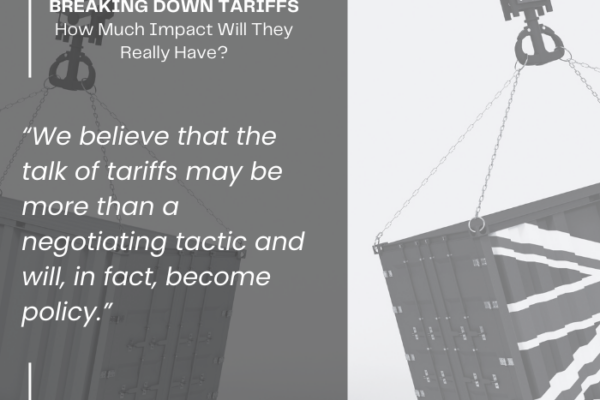
Breaking Down Tariffs—How Much Impact Will They Really Have?
It’s that time again—a new administration will be inaugurated in January, and with a new president comes new implications for markets. The President-elect will, assuredly, have an impact on the economy, the markets, and investment portfolios – both institutional and retail.
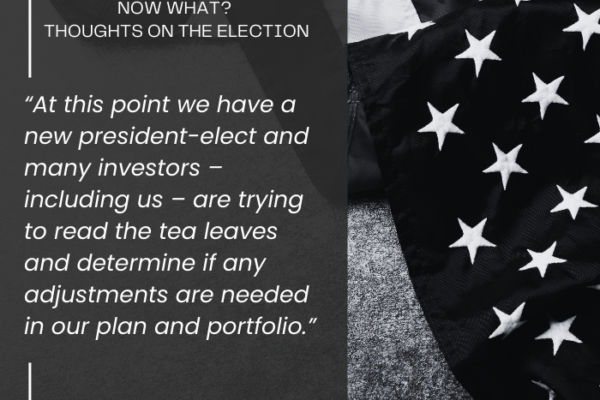
Now What? Thoughts on the Election
At this point we have a new president-elect (does “new” even fit as it is a former president as president-elect?) and many investors – including us – are trying to read the tea leaves and determine if any adjustments are needed in our plan and portfolio. In the following update, we will refer to the former president, now president-elect, as Mr. Trump in order to both show respect for both positions, Mr. Trump, and, honestly, to make our lives just a tad easier.
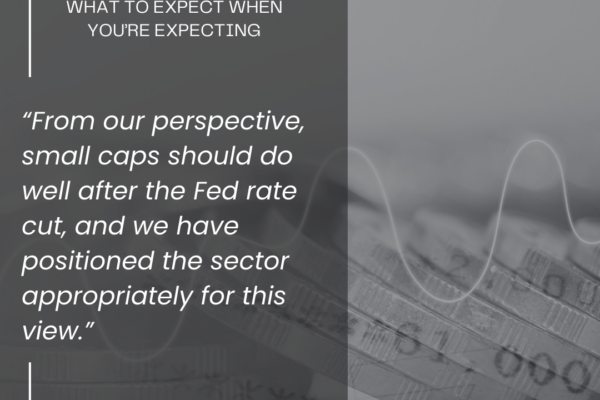
What to Expect When You’re Expecting
Let me start with no, this note is not about the process leading up to having a baby (been there, done that, still recovering more than two decades later). Rather, we thought it might be a decent time to help form expectations, and hence allocations, after the birth of the first Federal Reserve policy rate cut.
BCIS Reflections
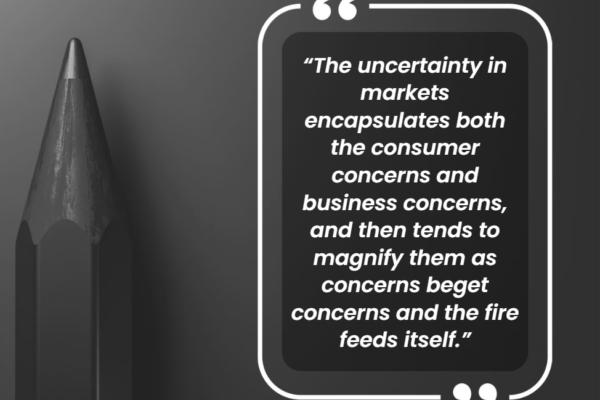
Play The Cards You’re Dealt
February witnessed a rise in concern about the U.S. economic trajectory and the impact of tariffs on the economy and the markets. What January gave, the second half of February took away as the “style” of the incoming administration and the implementation of their economic/national agenda began to be witnessed and felt.
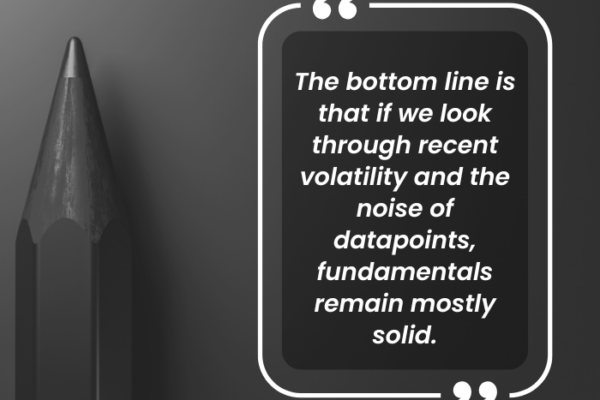
Take a Chance on Me
The lead up to the inauguration of President Trump saw the broader markets higher as many believed his laissez-faire attitude and pro-business policies would benefit U.S. corporations, and therefore the markets in which they trade (their home market, specifically).

The Times They Are A-Changing
The conclusion of the U.S. presidential election and the changes to the make-up of the legislature removed some of the uncertainty plaguing the markets, and as a result, the broader markets went higher, generating positive returns in both the domestic equity and fixed income markets.

That Escalated Quickly
The nonfarm payroll data that was released October 4, 2024 changed many participants minds about the trajectory of the Federal Open Market Committee’s (“Fed”) policy rate, the Federal Funds rate.
Quarterly Market Lens

Year End 2024 2025 Outlook
U.S. GDP growth continues to be resilient and outpace estimates while driving corporate revenues higher in 2024.
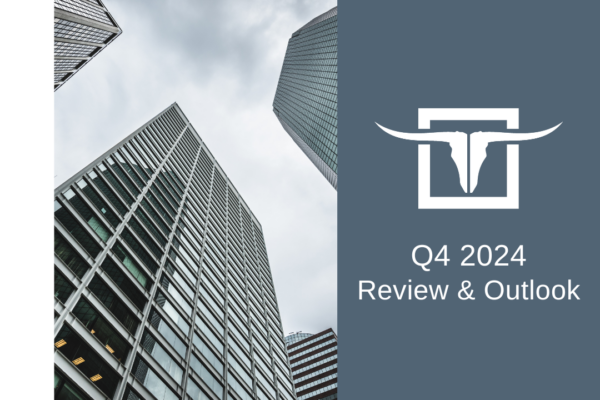
Q4 2024 Market Review & Outlook
The Federal Reserve continued its easing cycle in December with fewer cuts priced in for 2025, as inflation becomes the focus again for the Fed. The yield curve was at its steepest since 2022 on “long bond” weakness.
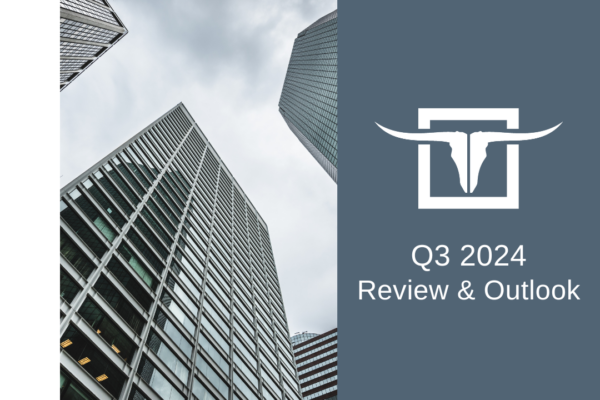
Q3 2024 Review &Outlook
In Q3, the Federal Reserve initiated an easing cycle with anticipated further cuts as the labor market stabilizes, supporting resilient US economic growth and stock market recovery, particularly in small cap and value sectors. The un-inversion of the 10-2 Treasury spread and positive returns in fixed income underscore bonds’ renewed role as diversifiers amid expectations for continued rate easing.
Knowledge & Solutions
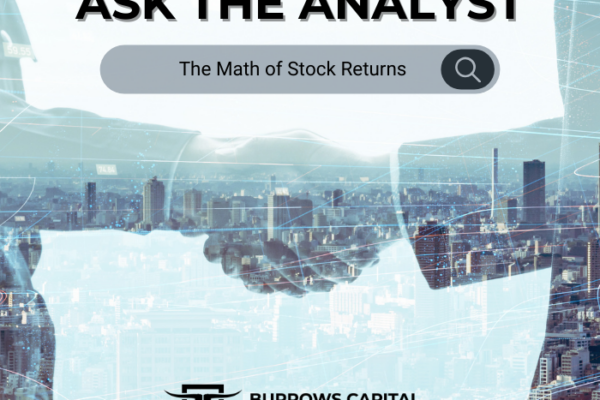
The Math of Stock Returns
The Math of Stock Returns takes a deeper look into the math the shapes company valuations and share price. This is a fundamental building block of investing and understanding the market’s moves.

The Quality Factor
It’s not a revelation that holding equity is a wealth compounder over the long-term, not only for investors but also private business owners that hold large equity interests. Within diversified investment portfolios, equity is a building block of asset allocation along with bonds and cash.
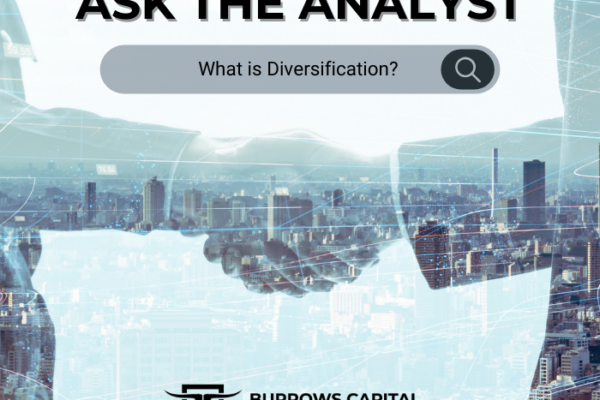
Diversification – It’s What’s for Dinner
Diversification is a fundamental investment strategy that involves spreading investments across various asset classes, sectors, or geographic regions with the goal of managing risk and enhancing potential returns. In our view, diversification is the underpinning of good risk management.
